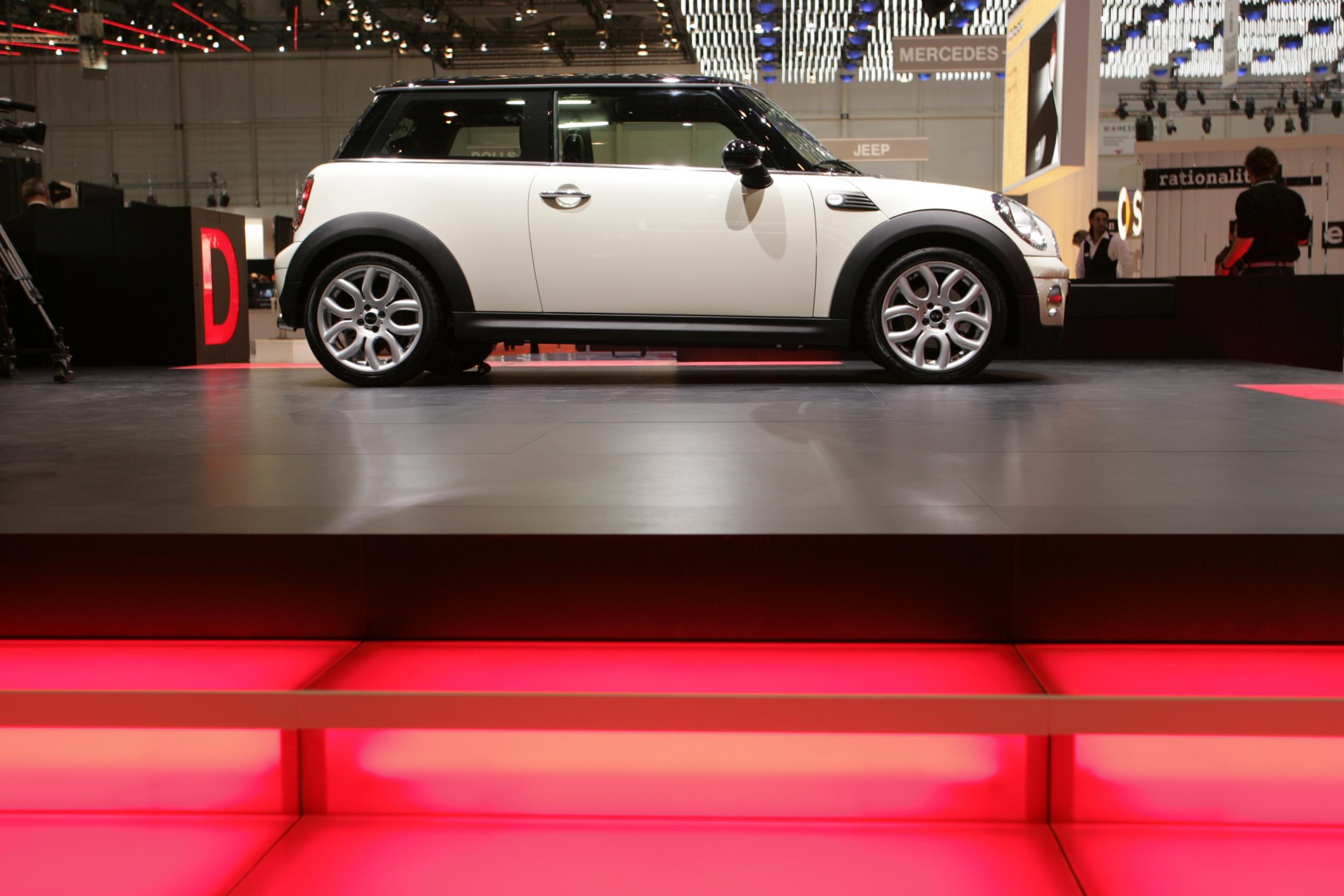Future classics: The cars that could become tomorrow's collector's items
An online tool is offering help spotting the second-hand motors of today that may prove a shrewd investment

Admittedly, it can be a slightly mercenary proposition. We’re all supposed to love classic cars because of their personality, rather than their potential to appreciate in value, but there we are: people are often out to make money. After all, some even marry for money.
You’d be unwise to put your life savings into an old car as a hedge against future financial instability though, as there have been booms and busts in classic car values the same as in commodities, shares, property and much else.
Still, for some the temptation is strong. So if you’ve the nerve and the funds, there is a new online tool that identifies the cars that are appreciating and could become collectors’ items, the Jaguar E-types and VW campers of the future. This selection is from the near past, the day before yesterday if you like, and they are still, on the whole, used cars rather than classics, so how can you spot the collector’s items of tomorrow?
‘Future classics’ has been devised by valuations firm HPI, and it will, say its creators, enable users to spot which cars are likely to appreciate in value.
The tool uses real-time data to generate live vehicle values based on average advertising prices. The tool tracks hundreds of thousands of used car adverts, making it possible to extract the makes and models rising in value and which could – could – represent a good investment.
Visitors to the site select a budget on a sliding scale between £6,000 and £155,000 and, using data from all available UK car advert prices an average valuation is instantly shown. The data also enables users to see how the value of a car has developed over time, together with current market conditions. You’d be well advised, as ever, to remember that past financial performance is no necessary guide to future performance. There is also the danger that the tool, assuming it is widely adopted, will create a feedback loop of self-fulfilling predictions, an unsustainable process.
Mark Barrett, international data science and analytics manager for HPI, says: “Using the wealth of used car advert data available, we are able to present real-time values of cars based on average advert prices, so buyers and sellers know how a particular car is performing in the market. This also enables trends to be mapped, so it’s possible to see if cars are going up or down in price.”
Mr Barrett has identified a number of vehicles which are performing well based on current values. They include:
The Vauxhall VX220 Turbo: Built on the same production line as the series two Lotus Elise, the VX220 now represents a relatively inexpensive lightweight, raw, rear wheel drive sports car. Values have been slowly increasing with the turbo version being our choice over the naturally aspirated 2.2 litre engine. Production ceased in 2005. (There was also an Opel Speedster sister model)
The Porsche Boxster Spyder (model 987, 2005-2012) The Spyder was introduced as a lightweight Boxster, with a manual fabric roof, fabric interior handles, and several other ways to add lightness. Whilst both the manual and PDK versions have performed well, the manual would be my choice, with carbon fibre bucket seats, no stereo and no air con options added.
The BMW 1M: The hard core performance variant of the 1-series hatch was introduced at around the same time as the Boxster Spyder, with just over 1,000 produced in right-hand drive specification. Today there are 279 on the road in the UK. Their rarity, combined with their fun factor, ensures they are very sought after, as we see in their valuations – they are now worth more than the original cost of around £40,000. (Sold from 2011-2014).

The Ferrari 599: If you have a spare £130,000-plus and need a V12, front engine, rear wheel drive supercar, the 599 appears a good choice. Aside from service costs, the Ferrari has held its value over four years. Special editions – the Alonso and GTO versions – spike the data, but the overall trend is a steady increase for these models, manufactured from 2007 to 2013.
The Fiat Coupe Turbo: This was designed by Chris Bangle – who went on to do avant garde designs for BMW – and had an interior styled by Pininfarina. The Fiat Coupe remains a timeless, stunning design with enthusiast support. It’s hard to beat the launch colour giallo ginestra – broom yellow – in terms of impact. They made them from 1993 to 2000.
Others may suggest more mundane cars of today but which have also been landmark models that could generate interest in future. Just as Austin 1100s, Ford Escorts and original Minis, all once commonplace, are seldom seen today, so too might a mint, original, first model Ford Focus, Toyota Prius, new Mini or Nissan Qashqai be surprising performers in future. Indeed, the first of the new generation Minis, on a “Y” requisition prefix from around the year 2000, are already attracting a following. Intuition still has a place in the classic car world, even in the era of online technology.
You can find the HPI tool at: hpi.co.uk/content/car-buying-tips/future-classics-car-value
Join our commenting forum
Join thought-provoking conversations, follow other Independent readers and see their replies
Comments